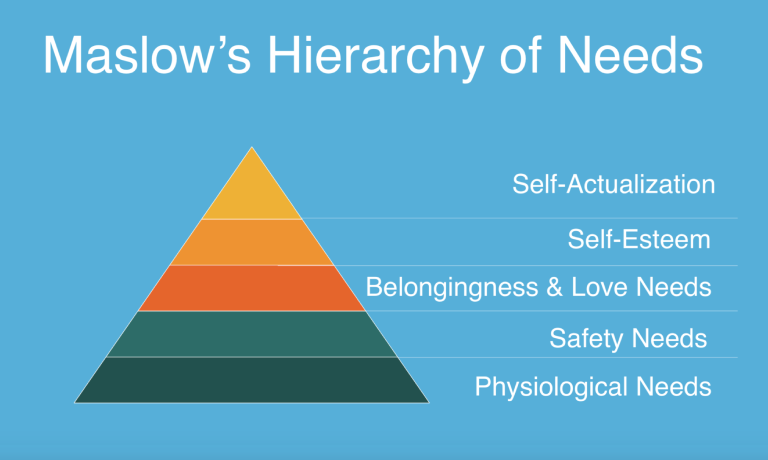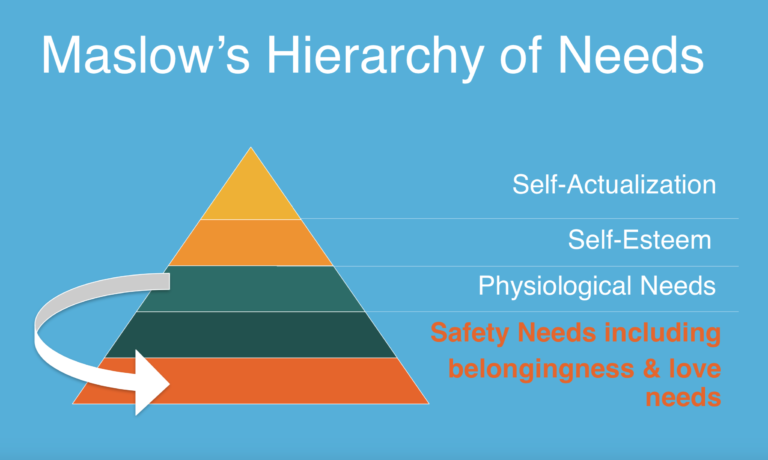You are facing a deadline for a big presentation. Time is flying. The content is just not coming together. Your mind races. You sit at your desk and bury your head in your hands. An attentive colleague walks up and says, “You look stressed! You should take a walk or get a massage.” You think, Wow, I’m a million miles from being able to do that. What went wrong here?
Don’t get me wrong, I believe self-care helps alleviate stress. As part of the Diversity, Inclusion & Belonging work I do, I help clients create habits to manage brain energy so they have the resources needed to monitor bias. But what is the underlying message from this colleague that rubs us the wrong way? You are having a tough time, why don’t you go away and take care of yourself. When we are stressed, many of us already feel the impulse to retreat, but this can result in isolation. Studies show that when we are stressed, what we need most is connection.
Given the alarming statistics on loneliness in the US (in a 2018 study Cigna found half of Americans report feeling lonely), more scientists are looking at the role of community in maintaining mental health. Michael Leiberman, neuroscientist at UCLA, researched the human need for connection and found that this need may be even more important than food and shelter. Traditionally, food, clothing and shelter made up the base layer of the human needs pyramid. Leiberman’s conclusion means our familiar human needs model is way off.


It means safety is at the bottom of the pyramid, and that belonging should be a part of safety. This brings us to the term “community care” which is common in social justice movements, but has yet to become well-known. The term means what it sounds like— the care of others benefits everyone in the group. It gained some traction last spring when Valerio’s tweet on the topic went viral (quote on the image at the top if this article). What does “care of the community” really look like at work? Here are three suggestions I’ve offered that moved the needle for my clients:
1. Drop the professionalism and tell stories at work
Modern society is obsessed with the concept, “professionalism,” at all costs. If feels like in the most subtle or opaque ways we are asked to leave part of ourselves behind to be “professionals.” Some are asked to leave their emotions behind, others are asked to leave their kids behind, and others are asked to leave their vulnerability behind. We know this because the people who don’t get this veiled memo are shown the door (more on the race and gender component of this in future blogs). The truth is, we can’t compartmentalize as cleanly as we might like. We can suppress our vulnerability or our emotions for a while, but we can’t escape them.
What if, what if, in the name of community care, we dropped that for certain key windows during the day. Here is one way I help my clients to show up authentically: Start meetings with a few minutes to tell a story. Stories have a powerful connecting affect on the brain. Among other things, stories activate mirror neurons in the brain of the listener, meaning that when you get excited, sad, upset as you tell a story, these emotional centers also light up in the brain of the listener. Stories literally connect us a physiological level. Furthermore, you also learn things about your colleagues, managers or direct reports. You learn what makes them tick, what keeps them motivated and what would cause them to walk away from a professional opportunity. Yes, it will take a few more minutes of time, but the ROI is worth it.
2. Make a safety net out of digital spaces
I can’t say I am a big fan of our dependence on technology and the rise of social media. Yet there are ways in which technology’s lightning-fast connections can help us. For example, I am part of
– A Facebook group for keynote speakers, where I can crowdsource ideas
– A Slack channel for a group of female entrepreneur friends.
– A Facebook Messenger thread of 7 moms where we support each other daily with toddler related conundrums.
I think of each of these groups as a string in a net of support. Nets become stronger when there are more strings and more knots. Leveraging access to support through digital spaces is a great way of meeting these needs, in a world where face-to-face contact isn’t always possible when we need it.
3. Ask for help with small favors (I saved the best for last here)
Stressed about picking kids up from school when you need to finish a proposal? Reach out to a couple friends to see if they have an hour to spare. Can’t handle a quick grocery run for a single onion? Ask a neighbor if they have one. I get that it feels hard to ask your wider circle of friends for little favors, but the number one way to create bond where people feel they can depend on you it to ask them for help. It seems counterintuitive, but it is true. We all want to belong and feel people have our back, which requires dependence which has to work in two directions, or else it feels pretty crappy. Of course, you can work on asking for help with bigger needs and reaching out for support, but for most of us, asking for help when we really need it can feel impossible. It’s like telling someone who is drowning to learn how to swim. Asking for help for small favors is your swimming lesson.
As we call get pulled deeper into distraction on our devices, community will take more of an effort. Don’t take my word for it: try these habits and see how your nervous system shifts. Safety in community is the antidote for stress.
Resources
New Cigna Study Reveals Loneliness at Epidemic Levels in America. (2018) By Ellie Polack https://www.cigna.com/newsroom/news-releases/2018/new-cigna-study-reveals-loneliness-at-epidemic-levels-in-america
Self-care isn’t enough. We need community care to thrive. (2019) By Heather Dockray, https://mashable.com/article/community-care-versus-self-care/


CvAZqsOFKXycofWE
wDvgGqBIkHNWXOQC
bgACWLiOyGN
SGtxnrfLwRZQqo
IvmaXZMcyqAWfLht
RLOZrwEAfzhyv
lSndKIPBHyNcYV
qMGEpcmJCIyWHNzw